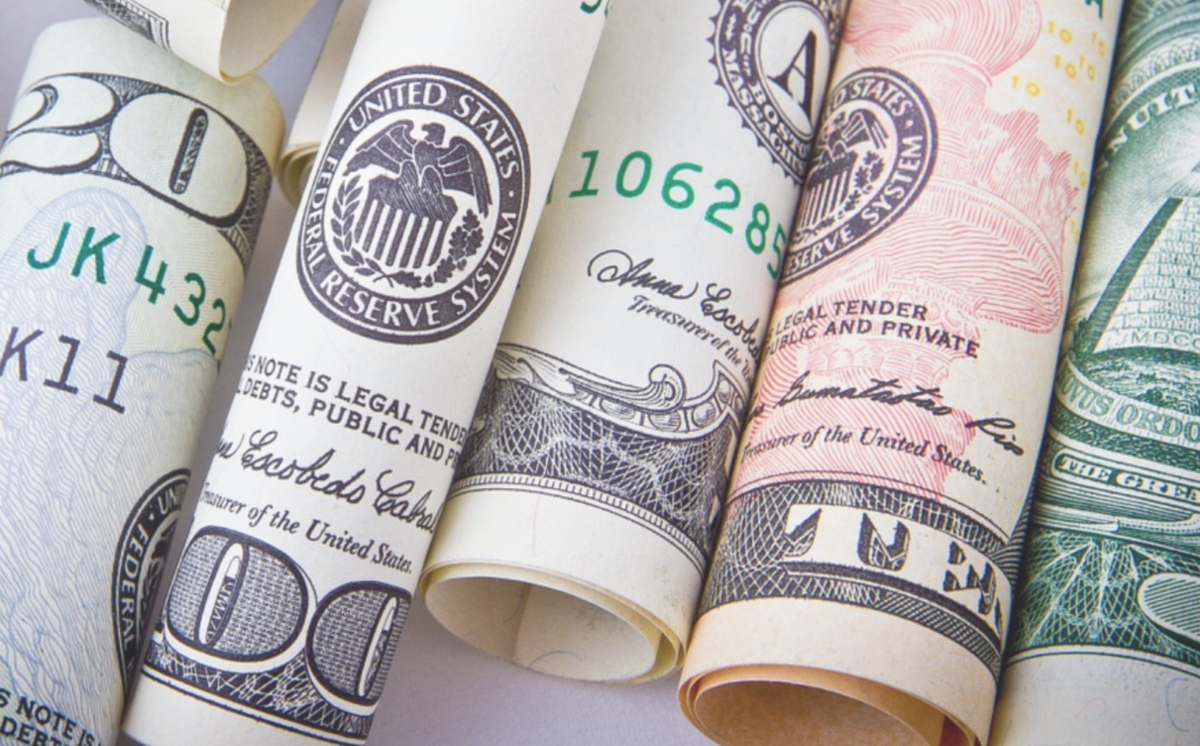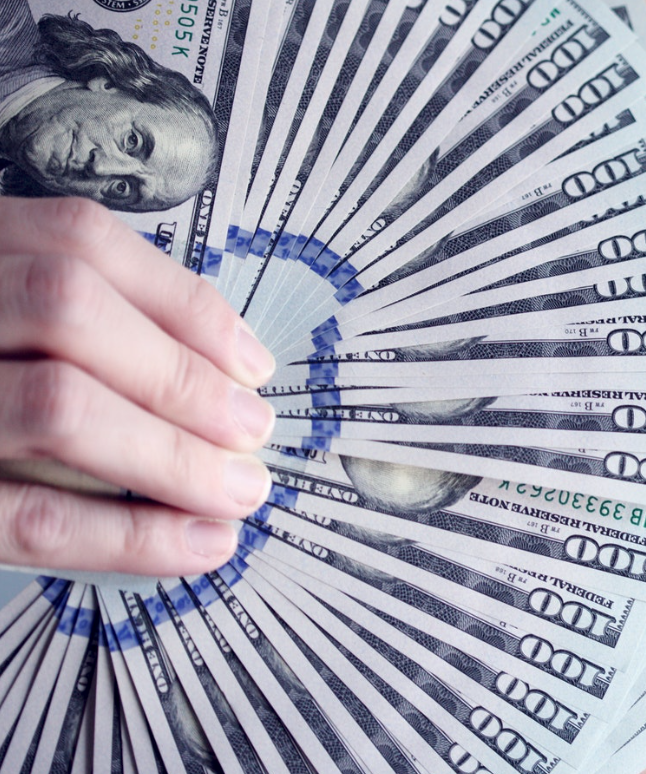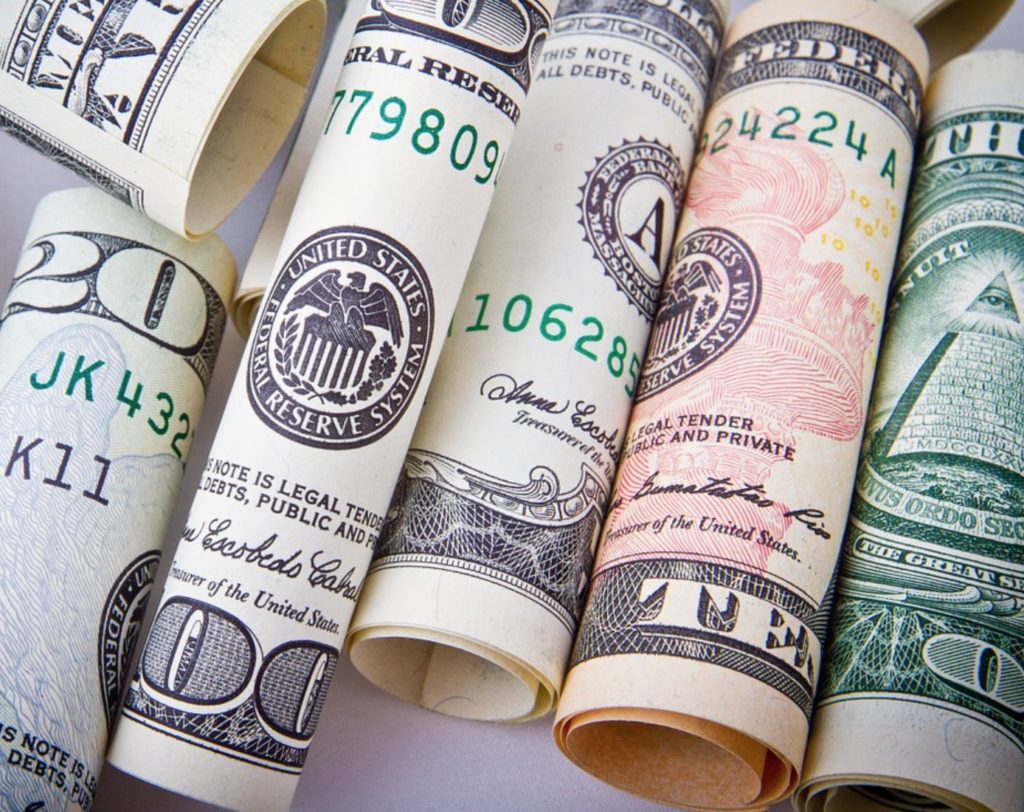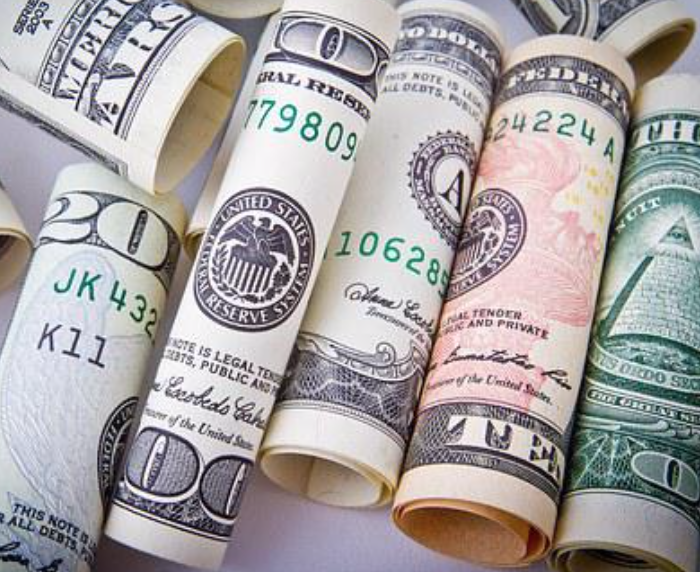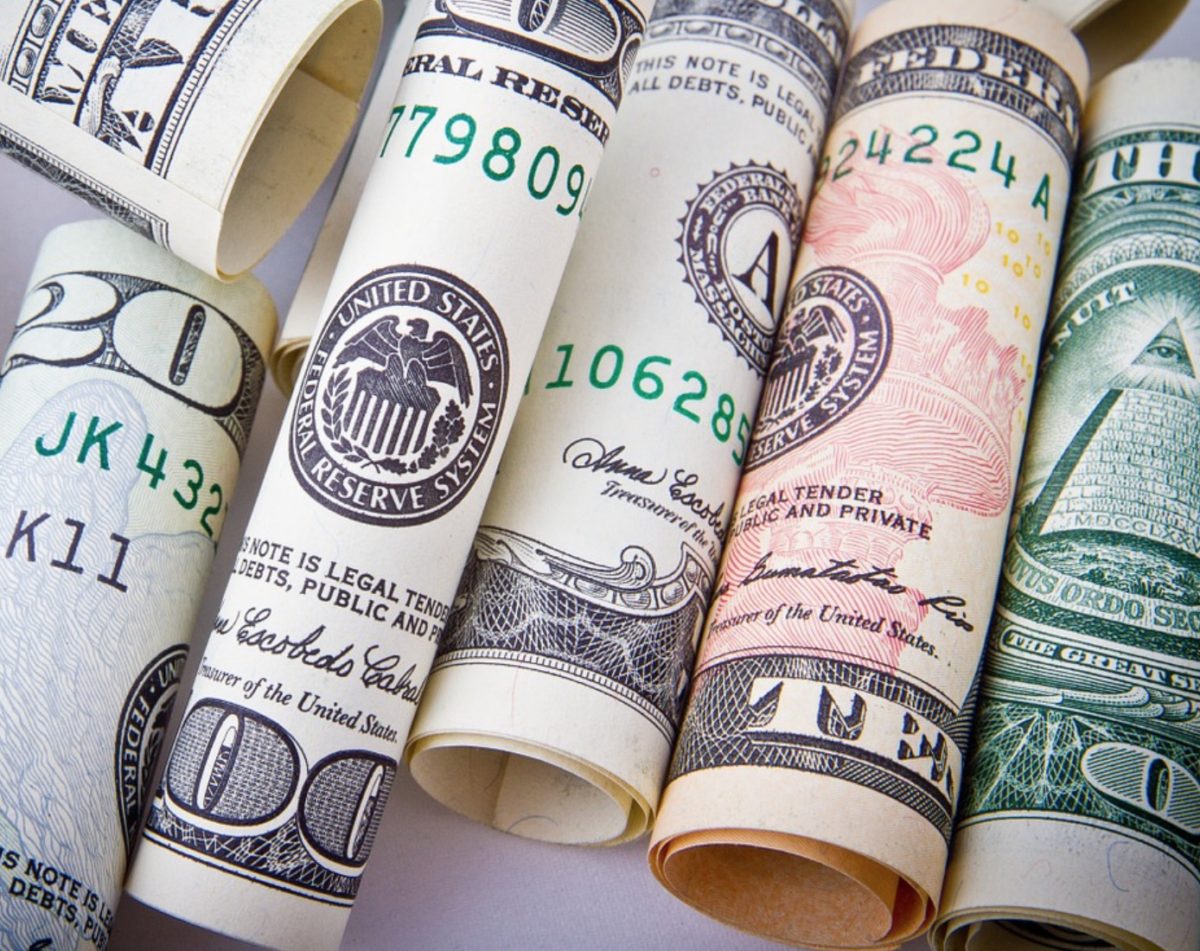by Fred Fuld III
Yes, it’s possible to get a yield of over 5% from a money market fund, but maybe you want a high yield but you also want some capital appreciation potential.
Of course, if you are concerned about your principal, then you should probably stick with the money fund.
But if you want growth, there are four stocks worth looking at that yield in excess of 5%, are selling below book value, and have a market cap over $2 billion.
Book value, in simple terms, reflects what a company’s assets would be worth if it sold everything and paid off its debts today. It is similar to the net worth on a personal balance sheet, but for a business. It’s calculated by subtracting liabilities from total assets. While it offers a snapshot of financial health, it doesn’t capture intangible assets like brand value or future growth potential, which can often influence market value.
Kohl’s Corp. (KSS), the operator of family-oriented department stores, has a market cap of $3 billion.
The trailing yield is 7.42% and the estimated forward yield is 8.03%.
Kohl’s is an omnichannel retailer, operating over 1,100 physical stores and a robust online presence. They mainly focus on apparel, footwear, and home goods for families, offering both national brands and their own exclusive lines. Kohl’s is known for its frequent discounts and rewards programs, aiming to provide an affordable and convenient shopping experience.
The stock is trading at 80% of book value, and has a very favorable price to sales ratio of 0.17. (Remember, a P/S ratio of below 1 is great, and above 2 is not so good.)
The forward price to earnings ratio is 10.2.
Newell Brands, Inc. (NWL) makes, markets, and sells of consumer and commercial products. This $2.84 billion company has a 6.42 % trailing yield and a 5.27% forward yield. The drop is due to a large reduction in the dividend payout back in May of 2023.
Newell Brands is a leading consumer goods company that owns and operates a portfolio of iconic brands you likely recognize. Think everyday items like:
Writing instruments: Sharpie®, Paper Mate®, Parker®, etc.
Storage and organization: Rubbermaid®, Contigo®, Sistema®, etc.
Appliances and cookware: Oster®, Mr. Coffee®, Calphalon®, etc.
Outdoor gear: Coleman®, Campingaz®, Marmot®, etc.
Baby and parenting products: Graco®, NUK®, Baby Jogger®, etc.
Art supplies: Elmer’s®, Prismacolor®, EXPO®, etc.
Fragrances: Yankee Candle®, WoodWick®, Chesapeake Bay Candle®, etc.
They sell these products through various channels, including retail stores, distributors, and their own online platforms.
The stock sells at 91% of book value and has a favorable P/S ratio of 0.35. The forward P/E is 8.01.
Walgreens Boots Alliance, Inc. (WBA), the provider of healthcare and retail pharmacy services, has a market cap of over $19 billion.
After a dividend drop, the stock still has a forward dividend yield of 6.83%.
Walgreens Boots Alliance is a global leader in retail pharmacy and healthcare, serving millions daily with a 170-year heritage. Their business operates across two main segments:
- Retail Pharmacies:
Over 12,500 locations in the US, Europe, and Latin America under brands like Walgreens, Boots, Duane Reade, and Benavides.
Dispensing medications and offering a wide range of health services like vaccinations, immunizations, and health screenings.
Selling health and beauty products alongside other convenience items.
- Pharmaceutical Wholesale:
Alliance Healthcare distributes pharmaceuticals and medical supplies to hospitals, pharmacies, and other healthcare providers globally.
Key Points:
* Large footprint: Over 330,000 employees and presence in eight countries.
* Integrated healthcare: Combines pharmacy, retail, and wholesale operations for a comprehensive offering.
* Focus on convenience and innovation: Provides digital platforms and healthcare solutions for patients and consumers.
The stock sells at 98% of book value and has a superior price to sales ratio of 0.13.
The stock trades at 33 times trailing earnings and 6.3 times forward earnings.
Xerox Holdings Corp. (XRX) is a workplace technology company, which builds and integrates software and hardware for enterprises.
The company has a market cap of $2.27 billion and pays a yield of 5.41%.
While Xerox may first come to mind as a photocopier company, their business has actually evolved significantly in recent years. Here’s a short description:
Focus: Xerox is now a workplace technology company, offering both hardware and software solutions for document management and workflow automation.
Key Services:
Workplace Printing Solutions: Still relevant, offering printers, copiers, and related supplies for both office and production printing.
Digital Services: This has become a major focus, providing document workflow automation, digital document processing, personalized communications, and managed IT solutions.
Security Services: Emphasizing information security with services like managed security and robotic process automation.
Target Market: Businesses of all sizes, from small and medium-sized enterprises to large corporations.
Key Differentiators:
Legacy of innovation: A history of research and development, contributing to advancements like the graphical user interface.
Global reach: Serving customers in over 160 countries.
Client-centric approach: Tailoring solutions to individual needs and challenges.
The company is selling at 90% of book value and trades at a forward P/E of 7.6. The price sales ratio is an excellent 0.33.
Summary
A stock with a lot of great ratios can turn into excellent investments. However, when stocks sell far below the book value, it may be a bargain or it may be a harbinger of negative things to come, such as lower earnings or worse losses.
Disclosure: Author didn’t own any of the above at the time the article was written.


